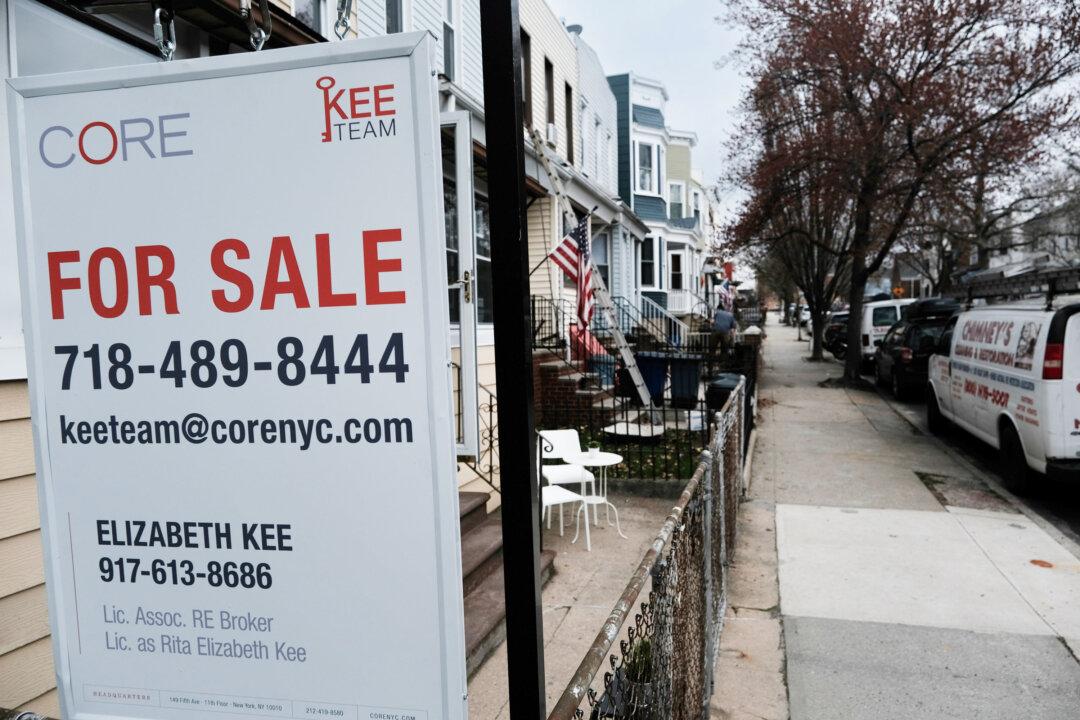U.S. citizens need to make over $100,000 a year to buy a median-priced home, with the income needed to qualify to purchase a home jumping almost 50 percent over the past four years.
“A combination of high mortgage rates, rising home prices, and low housing inventory over the last two years is pushing homeownership further out of reach for would-be homeowners, especially first-timers,” Bankrate said in an April 1 report. According to the company’s analysis, “to afford a median-priced home of $402,343, Americans need an annual income of $110,871.” This is “nearly a 50 percent increase in just the last four years.”





